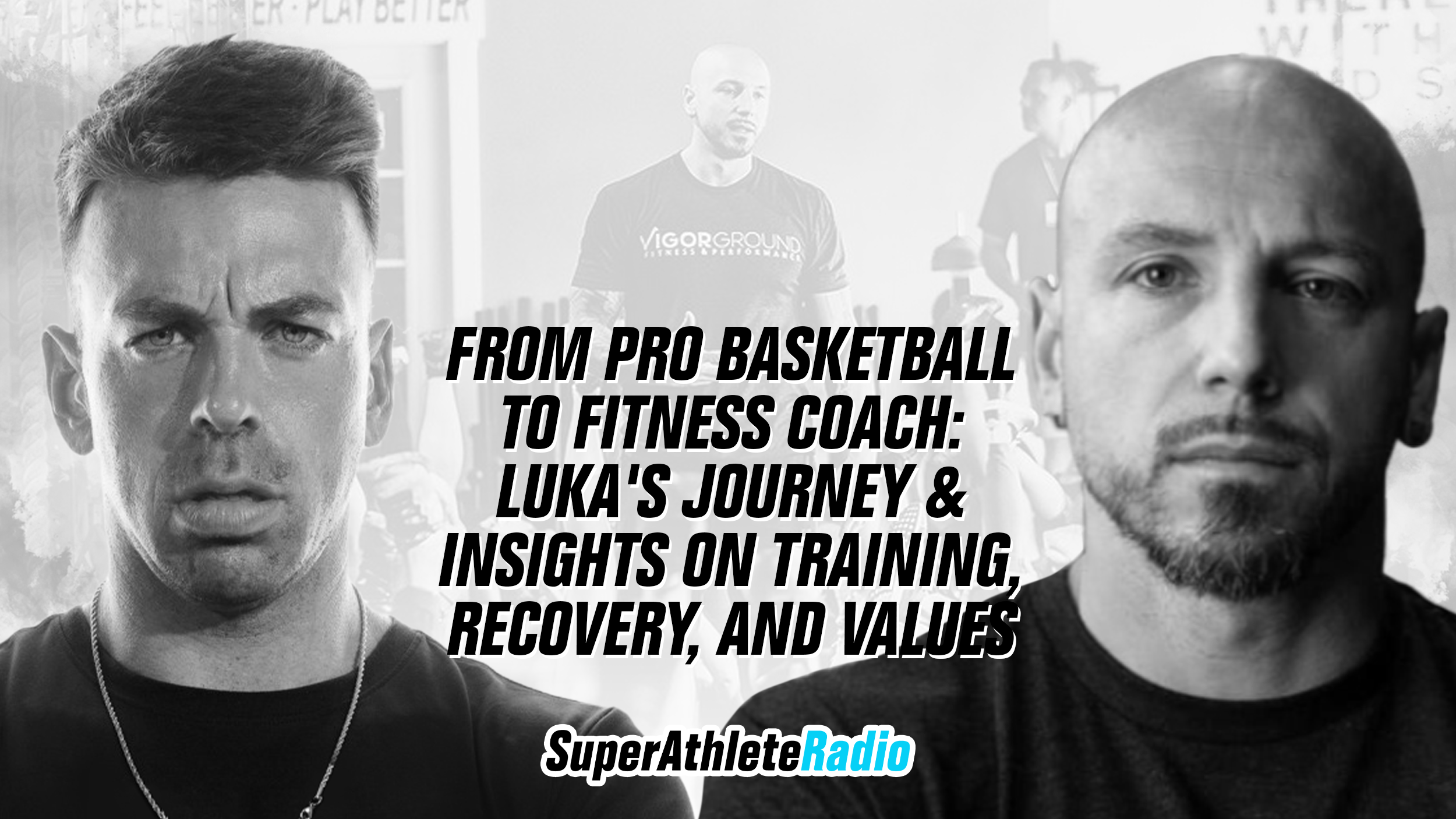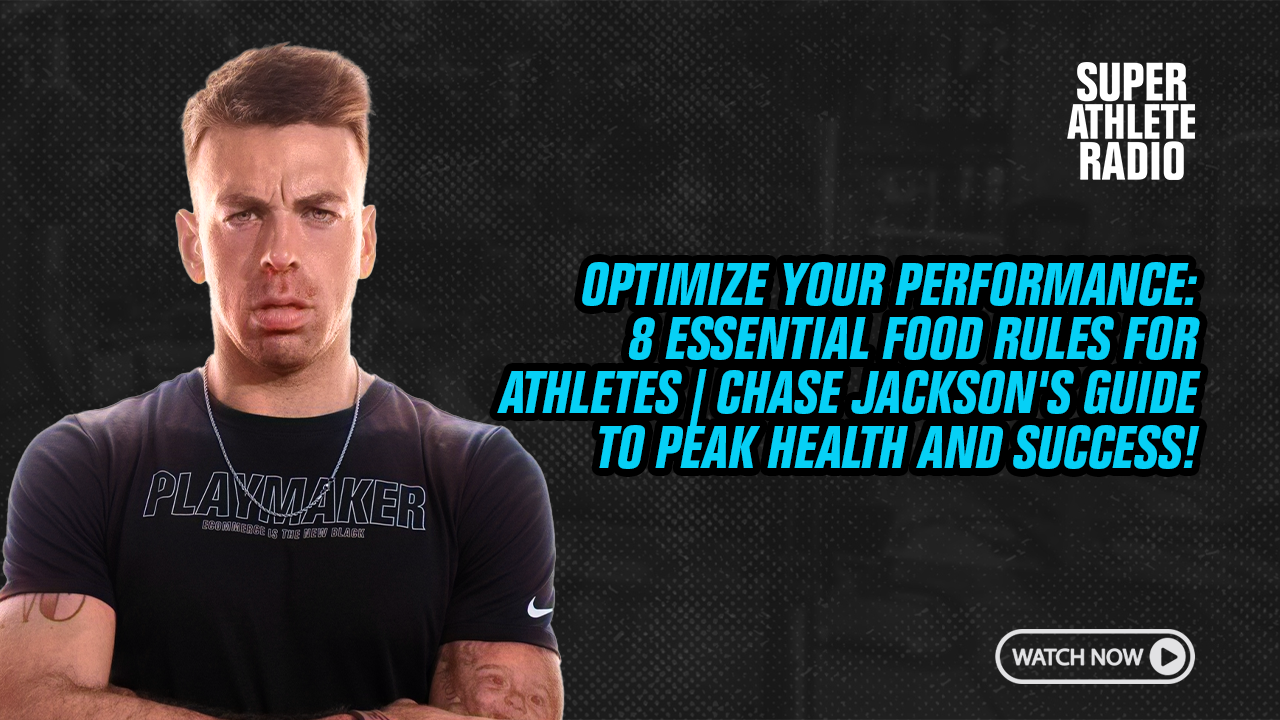Why You Want to Maintain a Low Body Fat Percentage as an Athlete

Athletes strive to maintain a low body fat percentage for several reasons. Firstly, having a low body fat percentage enhances their performance by improving their power-to-weight ratio.
Aka your Relative Strength.
This means that athletes can generate more force relative to their body weight, allowing them to move faster and with greater agility.
Additionally, a low body fat percentage helps athletes improve their endurance. Excess body fat can act as dead weight, making it harder for athletes to sustain their energy levels during long-duration activities. By reducing body fat, athletes can optimize their energy efficiency and perform at their best for extended periods.
Maintaining a low body fat percentage is crucial for athletes in sports that require weight classification, such as boxing or wrestling. By keeping their body fat levels low, athletes can easily meet the weight requirements for their respective divisions, giving them a competitive advantage.
Moreover, a low body fat percentage is often associated with improved muscle definition. Athletes who are shredded not only look the part but also demonstrate their dedication to their sport. This can boost confidence and help them stand out among their peers.
Lastly, a low body fat percentage is essential for overall health and injury prevention. Excess body fat can put strain on joints and increase the risk of injuries. By maintaining a low body fat percentage, athletes can reduce the stress on their joints and minimize the likelihood of sustaining injuries, allowing them to stay in the game for longer.
Athletes have numerous reasons to keep a low body fat percentage. It enhances their performance, improves endurance, aids in weight classification, promotes muscle definition, and contributes to overall health and injury prevention. So, it's no wonder why athletes prioritize maintaining a low body fat percentage.
HOW TO MEASURE BODY FAT AS AN ATHLETE
There are several methods available to measure body fat percentage. One commonly used method is called skinfold calipers. This involves using specialized calipers to measure the thickness of skinfolds at various locations on the body, such as the triceps, abdomen, and thigh. These measurements are then used to estimate the overall body fat percentage.
Another method is bioelectrical impedance analysis (BIA), which measures the resistance of electrical flow through the body. This method is often used in scales or handheld devices that send a small electrical current through the body and measure the impedance. By analyzing the impedance, the device can estimate the body fat percentage.
Dual-energy X-ray absorptiometry (DXA) is another accurate method used to measure body fat percentage. It uses a low-dose X-ray to differentiate between fat, muscle, and bone. DXA scans provide detailed information about body composition, including fat distribution and bone density.
Hydrostatic weighing, also known as underwater weighing, is a method that involves submerging the individual in water and measuring their weight. By comparing the weight on land and in water, the density of the body can be determined, which can then be used to estimate body fat percentage.
Air displacement plethysmography, commonly known as the Bod Pod, is a method that measures body composition by calculating the amount of air displaced when a person sits inside a sealed chamber. This method is based on the principle that fat-free mass and fat mass have different densities, allowing for the estimation of body fat percentage.
These are just a few of the many methods available to measure body fat percentage. Each method has its own advantages and limitations, and the choice of method depends on factors such as accuracy, accessibility, and cost.
It's important for athletes to choose a reliable method to track their body fat percentage accurately and make informed decisions about their training and nutrition.



Leave a comment